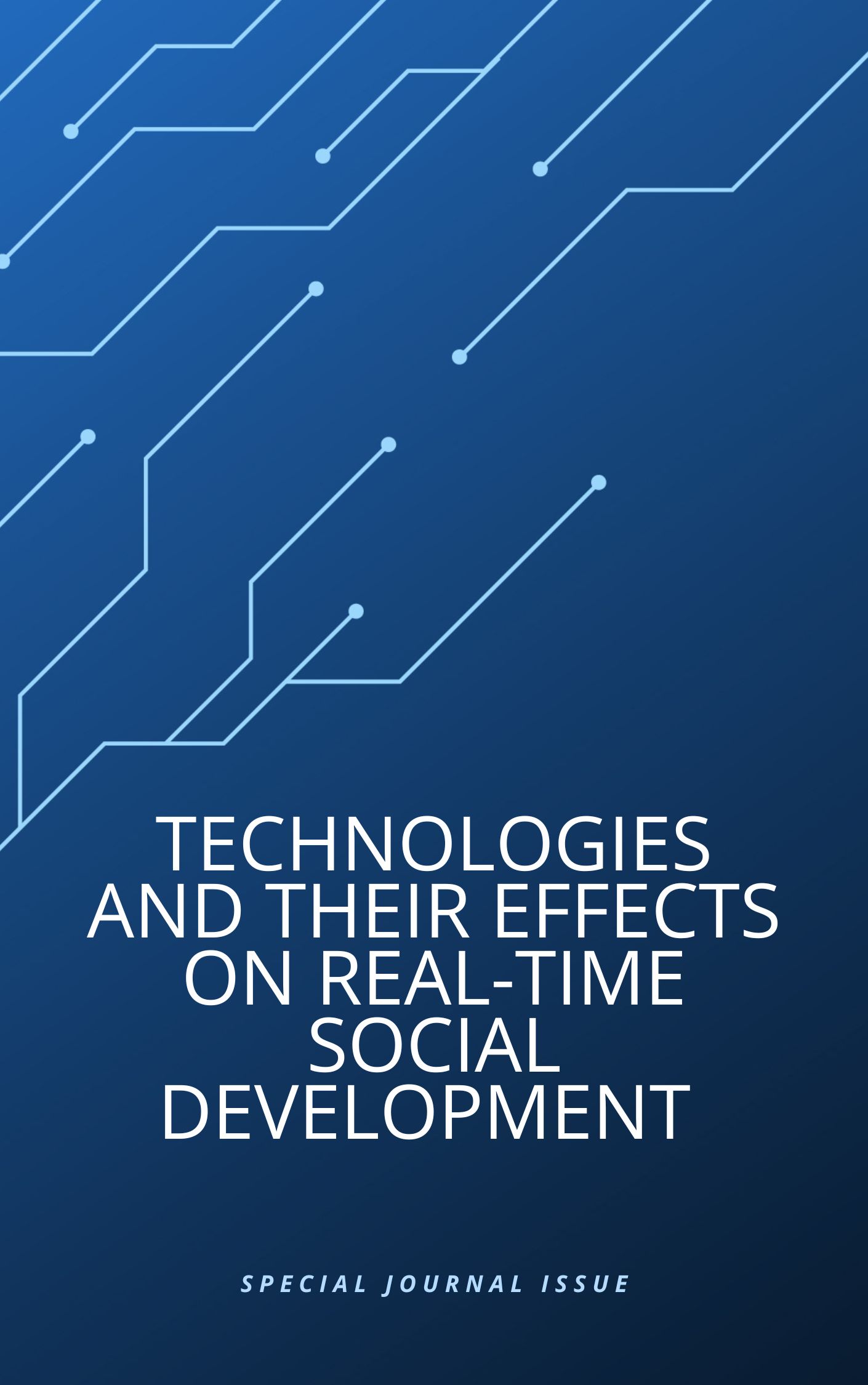Segmentation of Blood Vessels using PCA and CNN
Main Article Content
Abstract
Article Details

This work is licensed under a Creative Commons Attribution-NonCommercial 4.0 International License.
References
N. C. Santosh Kumar, “Biomedical Image Processing and Retinal Vessel Segmentation,” Assistant Professor, Department of CSE, Kakatiya Institute of Technology and Science, Warangal, Telan- gana, India, Research Scholar at GITAM University, Visakhap- atnam, A.P, India, 2019.
A. Hoover, V. Kouznetsova, and M. Goldbaum, ”Locating blood vessels in retinal images by piecewise threshold probing of a matched filter response,” IEEE Trans. Med. Imaging, vol. 19, no. 3, pp. 203–210, 2000.
D. Marin, A. Aquino, M. E. Gegundez-Arias, and J. M. Bravo, ”A new supervised method for blood vessel segmentation in retinal images by using gray-level and moment invariants-based features,” IEEE Trans. Med. Imaging, vol. 30, no. 1, pp. 146–158, 2011.
L. Fraz, P. Remagnino, A. Hoppe, B. Uyyanonvara, A. R. Rudnicka, C. G. Owen, and S. A. Barman, ”Blood vessel seg- mentation methodologies in retinal images – A survey,” Comput. Methods Programs Biomed., vol. 108, no. 1, pp. 407–433, 2012.
O. Ronneberger, P. Fischer, and T. Brox, ”U-Net: Convolutional networks for biomedical image segmentation,” in Proc. Int. Conf. Med. Image Comput. Comput.-Assist. Intervent., 2015, pp. 234–241.
M. D. Abra`moff, M. K. Garvin, and M. Sonka, ”Retinal imag- ing and image analysis,” IEEE Rev. Biomed. Eng., vol. 3, pp. 169–208, 2010.
T. Walter, J. C. Klein, P. Massin, and A. Erginay, ”A contribu- tion of image processing to the diagnosis of diabetic retinopa- thy—Detection of exudates in color fundus images of the hu- man retina,” IEEE Trans. Med. Imaging, vol. 21, no. 10, pp. 1236–1243, 2002.
X. Jiang, D. Mojon, and H. Bunke, ”Adaptive local thresholding by verification-based multithreshold probing with application to vessel detection in retinal images,” IEEE Trans. Pattern Anal. Mach. Intell., vol. 25, no. 1, pp. 131–137, 2003
Swapna Saturi, Rafia Adiba, I. Yeshwanth Reddy, Md.Arsalan Shareef, & D.Prathyush. (2025). Advanced MRI-Based Alzheimer’s Disease Classification with Hybrid Convolutional Neural Networks. Journal of Computer Allied Intelligence, 3(1), 31-39.
A. Aquino, M. E. Gegundez-Arias, and D. Marin, ”Detecting the fovea center in fundus images by means of a likelihood-based approach,” J. Biomed. Opt., vol. 17, no. 3, pp. 036014, 2012.
J. Y. Zhang, L. C. Xue, and H. Li, ”Blood vessel segmentation in retinal images using PCA and CNN hybrid model,” in Proc. IEEE Int. Conf. Biomed. Imaging, 2021, pp. 235–240.
Srinivasa Sai Abhijit Challapalli. (2024). Sentiment Analysis of the Twitter Dataset for the Prediction of Sentiments. Journal of Sensors, IoT & Health Sciences, 2(4), 1-15.
K. Verma, P. Deep and A.G. Ramakrishnan, “Detection and classification of diabetic retinopathy using retinal images,” An- nual IEEE India Conference (INDICON), pp. 1-6, 2011, DOI: 10.1109/INDCON. 2011.6139346.
Srinivasa Sai Abhijit Challapalli. (2024). Optimizing Dallas-Fort Worth Bus Transportation System Using Any Logic. Journal of Sensors, IoT & Health Sciences, 2(4), 40-55.
V. Vijayakumari and N. Suriyanarayanan, “Survey on the detec- tion methods of blood vessel in retinal images,” Eur. J. Sci. Res., vol. 68, no.1, pp. 83-92, 2012.
Cinsdikici, M. G., &Aydın, D.” Detection of blood vessels in ophthalmoscope images using MF/ant (matched filter/ant colony) algorithm” Computer Methods and Programs in Biomedicine, 96(2), 85–95, 2009
Mendonc¸a, A. M., & Campilho, A. (2006). Segmentation of retinal blood vessels by combining the detection of centerlines and morphological reconstruction. IEEE Transactions on Medical Imaging, 25(9), 1200-1213. DOI: 10.1109/TMI.2006.879955
Chaudhuri, S., Chatterjee, S., Katz, N., Nelson, M., & Goldbaum, M. (1989). Detection of blood vessels in retinal images using two-dimensional matched filters. IEEE Transactions on Medical Imaging, 8(3), 263-269.
